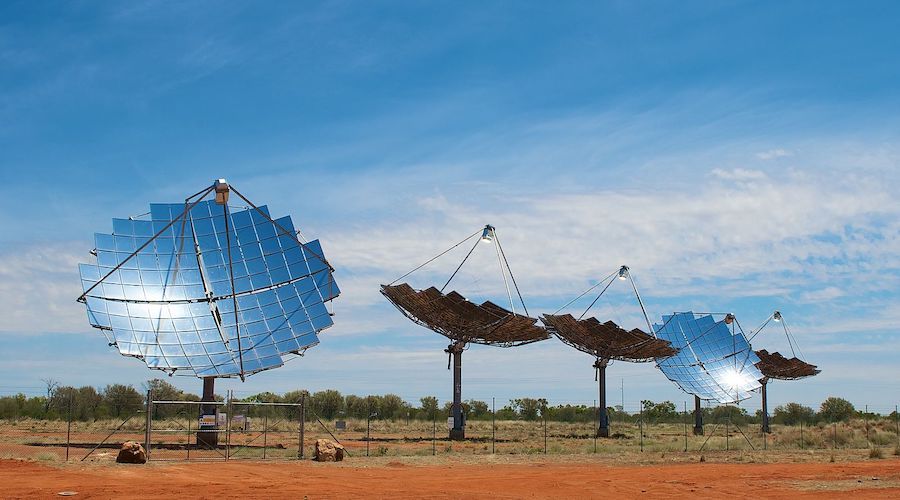Australian Company Announces More Efficient Lithium Extraction Process

Lithium-ion batteries are vital to the clean energy revolution, whether they are used to power electric vehicles or store electricity from renewable sources such as wind and solar. Yet the lithium needed to make those batteries is not uniformly distributed around the world. In addition, many of the global sources are controlled by China.
Much of the world’s supply is dissolved in brine, but some is locked into rocks much as aluminum is found in the ore bauxite. Australia supplies 60% of the lithium extracted from an ore called spodomene. According to Mining Weekly, current extraction techniques only recover between 50% to 70% of the metal using a process that is highly energy intensive.
Recently, Australia’s Nuclear Science and Technology Organization has joined forces with Lithium Australia to develop a new technology that is able to extract up to 95% of the lithium available in the spodomene ore. It can also squeeze more out of the waste left behind by the conventional extraction process.
The new process, called LieNA, eliminates the need for high temperature processing, thereby reducing energy costs. Patented by Lithium Australia, the LieNA technology involves an initial treatment with caustics under autoclave conditions to form a synthetic lithium sodalite. The metal is then easily extracted and purified into lithium phosphate. From there, it can be directly used in the manufacture of LFP batteries.’
ANSTO senior process chemist Dr. Chris Griffith tells Mining Weekly that not only does the new technology improve the overall extraction rate, it avoids the energy intensive, high temperature step associated with conventional spodumene processing and can increase the sustainability of lithium operations worldwide.
“Until now, it has been quite accepted by industry that a large amount of lithium is ‘lost’ during processing. We’re the first in the world to achieve such an efficient level of extraction,” Griffith says. “This technology really has huge potential for an industry which is integral to our transition to the electrification of transport and ultimately to a cleaner and greener future. ANSTO has been pleased to work with Lithium Australia on processing technology development since 2015, and it is sensational to see the LieNA technology reach this stage.”
Griffith points out that demand for lithium has reached record high levels. The amount of metal used has almost quadrupled in the last decade, with some estimates indicating that the global lithium ion battery market size will grow from $41.1 billion in 2021 to $116.6 billion by 2030.
“Innovation like this puts Australia in a good position to move away from simply supplying a mineral concentrate to overseas converters as quickly as possible. It provides another avenue for Australia to maximize the value from our valuable critical and energy mineral resources and allows us to conduct more value-adding downstream processing here in Australia,” he adds. Extracting more lithium while using less energy sounds like a winning formula for Australia and the world.
Appreciate CleanTechnica’s originality? Consider becoming a CleanTechnica Member, Supporter, Technician, or Ambassador — or a patron on Patreon.






